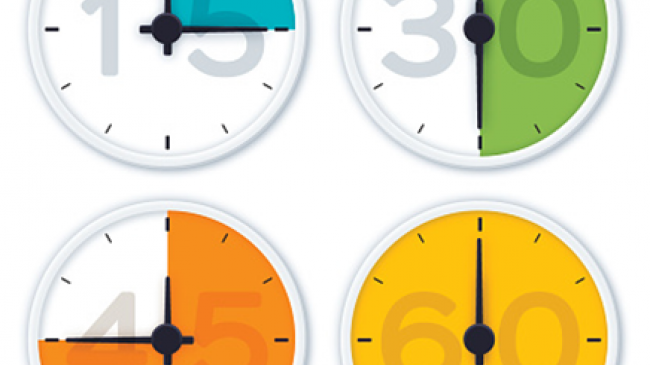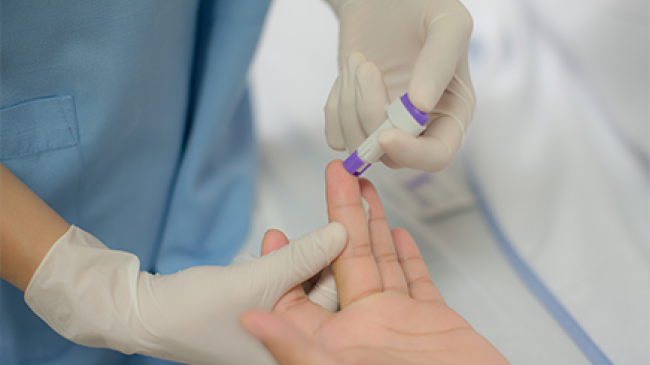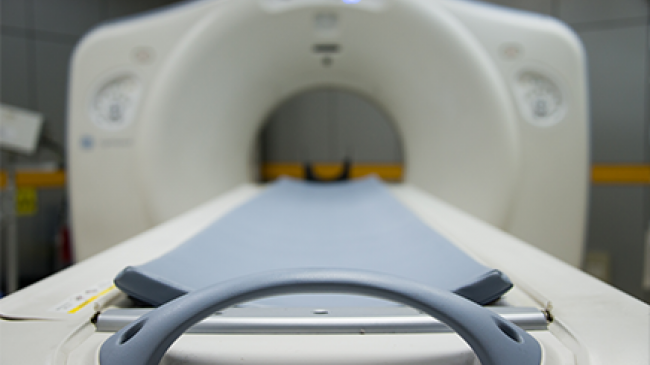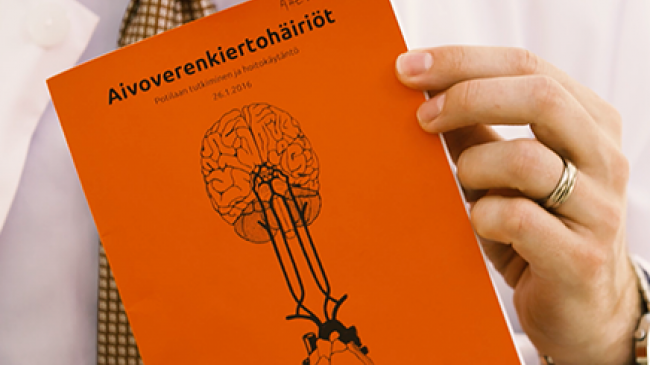Find out how the Helsinki University Central Hospital developed the Helsinki Model to successfully reduce their thrombolysis delays to 20 minutes or less and what steps you can adopt to reduce your door to needle time (DTN). In an in-depth interview with Atte Meretoja discover the changes made and challenges experienced in Helsinki and what the team at the Royal Melbourne Hospital learnt when they took the decision to replicate the Model in 2012. In this step-by step guide you will discover how to assess where the bottlenecks exist in your hospital, some ways to get your colleagues on board with this new approach and the simple changes to make in your hospital to successfully reduce your DTN.
























